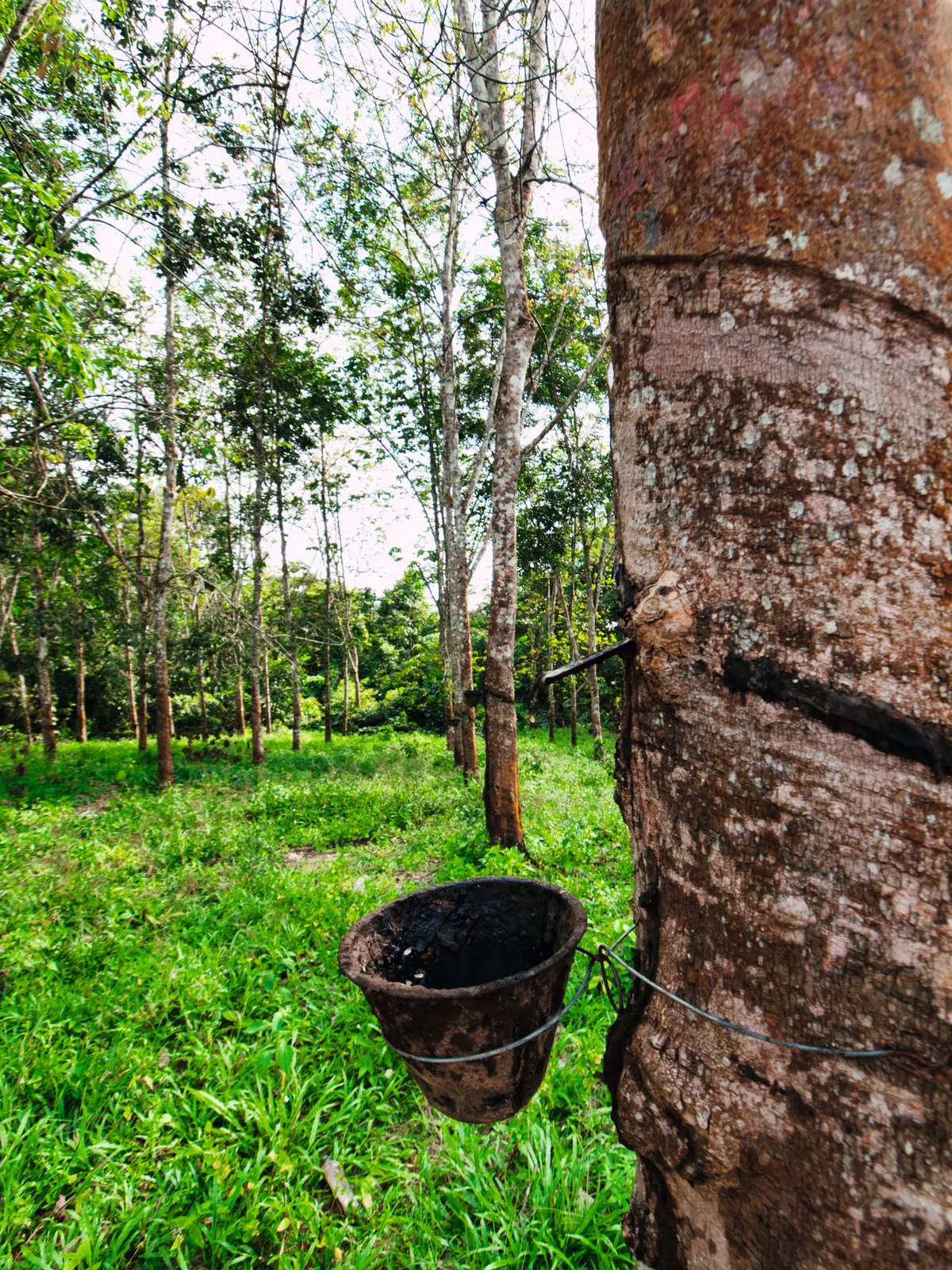Joseph Hooker is one of those eminent Victorians whose career, even in outline, leaves you feeling inadequate.
He was in charge of Kew Gardens during its most influential years. He was the closest friend of Charles Darwin and a courageous champion of his theory of evolution. He helped to shape the way we classify wild plants today. He discovered hundreds of new species from all over the world. He was a president of the Royal Society and a member of the Order of Merit. He co-authored what became the standard text on British flora for a whole century. He wrote volumes about plants into his nineties. And somehow he also managed to be father to seven children by two marriages.
Seeds of revolution

Hooker showed us that botany could change the world. His success lay in his bold botanical expeditions, first to the Antarctic (three volumes), then India (seven volumes), followed by handbooks on the flora of New Zealand, Australia and Sri Lanka (then Ceylon), as well as accounts of Indian orchids and rhododendrons. His Himalayan Journals (1854) is a classic of scientific exploration to rank alongside Darwin’s Voyage of the Beagle and Alfred Wallace’s The Malay Archipelago.
Perhaps Hooker’s greatest legacy lay in his uncanny eye for wild plants that had the potential to serve mankind. He was instrumental in introducing the West African oil-palm to India and Australia, and the versatile Australian macademia nut to South Africa. He found disease-resistant coffee plants to replace Sri Lanka’s blight-infested coffee industry. And he introduced seedlings of the Amazonian rubber tree, Hevea brasiliensis, to Malaysia where it provided one of the British Empire’s most important products. By the end of the 19th century, there were 10 million healthy rubber trees in Malaysia but most of those in Brazil were wiped out by fungal blight.
He was also the man who brought rhododendrons to Britain. Hooker was one of the first European botanists to see these beautiful flowering shrubs in their native mountain ranges in Nepal and Sikkim. The specimens he brought to Kew caused a sensation. ‘Rhododendromania’ gripped Britain and resulted in some of the gardens we enjoy today. Less happily, the hardy Rhododendron ponticum was widely planted in woods as game cover, and has since become an invasive nuisance.
He was well aware of the problems that can arise from plants becoming established in places where they have no natural controls. Perhaps with his tongue in his cheek, he warned that Himalayan balsam, whose pale lilac flowers are now so common on river banks, could become “a terror to botanists, and [was] deceitful above all plants and desperately wicked”.

Made of sterner stuff
His father, Sir William Jackson Hooker, was another great botanist who set him on his path. As a medical graduate, Joseph joined the four-year expedition of James Ross to discover the southern magnetic pole in Antarctica as an assistant surgeon – it was the last expedition made entirely under sail.
Despite his beanpole physique and studious look, young Hooker proved hardy and energetic. In the Himalayas, he proved no mean climber, and was the first European to explore the high passes of Tibet. Often alone apart from his dog, a Tibetan mastiff called Kinchin, he ascended to 19,300 feet, sketching, painting, collecting and enjoying his sole luxury, an evening cigar smoked outside his tent. His collections were sent downriver to Calcutta and on to his father at Kew.
He outlasted nearly all his friends and travel companions. In photographs, the expression grew sterner, his beard bushier and more unruly, but he never stopped working. Joseph Hooker lived long enough to advise Captain Scott on his first Antarctic expedition. Take a balloon to explore the land from the air, he said (and Scott did).
Today, although Hooker is far less well-known than his friend Darwin, he is remembered in the names of at least 30 plants and animals, including an iris, a Banksia, a snail – and a sea-lion.